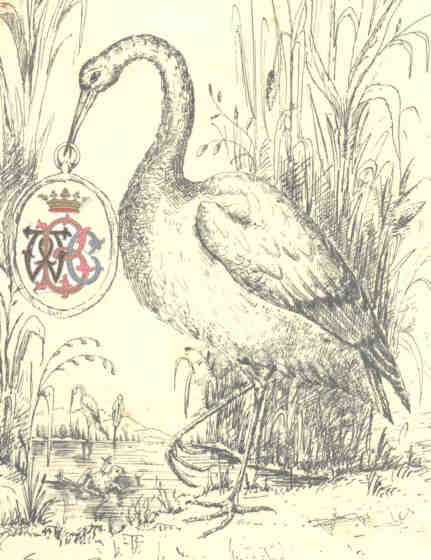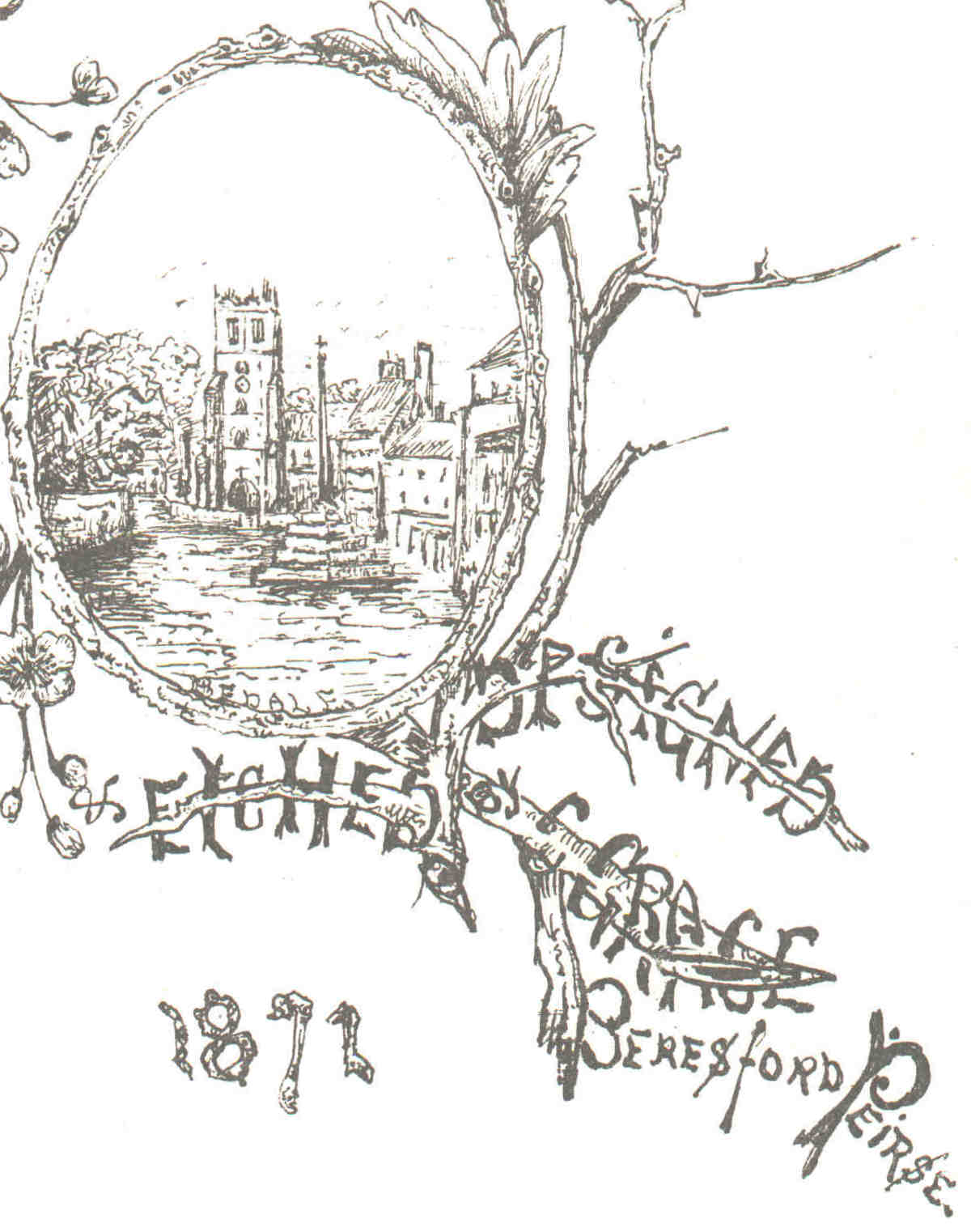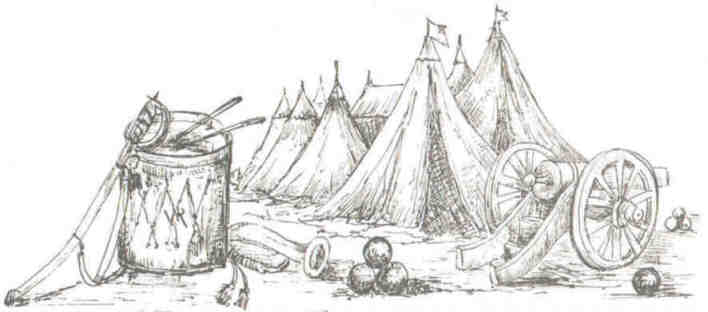 promoted for the
reproduction of plans; names of many will be found in the pages
of the two drawing societies mentioned above, whilst George
Bidlake and William Young illustrated books with the process.
promoted for the
reproduction of plans; names of many will be found in the pages
of the two drawing societies mentioned above, whilst George
Bidlake and William Young illustrated books with the process.Page revised 7 May 2006
EDWARD LAW
ANASTATIC PRINTING
Anastatic
printing was a form of facsimile reproduction invented and
developed in Germany in the early 1840s, and subsequently in
England. It had been intended to reproduce old and rare works,
but had the major failing that it sometimes destroyed the
original without producing a copy. In the event it was not taken
up widely on a commercial basis. A trawl in the British Library
catalogue and the offerings of booksellers suggests that the
process was mainly used by 'amateurs'. The most commonly
encountered examples come from two serial publications, the
Anastatic Drawing Society and the Ilam Anastatic Drawing Society
which were published from the 1850s to the 1880s. The method was
known to architects, to whom it was  promoted for the
reproduction of plans; names of many will be found in the pages
of the two drawing societies mentioned above, whilst George
Bidlake and William Young illustrated books with the process.
promoted for the
reproduction of plans; names of many will be found in the pages
of the two drawing societies mentioned above, whilst George
Bidlake and William Young illustrated books with the process.
S H Cowell of Ipswich was the principal commercial exponent of anastatic printing, for which he held a licence. My own interest in the process was kindled when I purchased a crest album produced by Cowell's Anastatic Press.
Illustrated here is a detail from the title page of that album. It contains 24 further pages, all edges gilt, with a variety of sketches and geometric designs. Bound in blue leather with delicious gilt tooling, it would have been an expensive item. The album was retailed by Parkins and Gotto of Oxford Street and bears the name of Kenneth Morell Mackenzie, perhaps a son of Sir Morell Mackenzie.
Subsequently I acquired two further albums which are probably anastatic printings. One carries the title Photographs, but the other which is similar, has been used very effectively as a crest album. It is probable that the sketches and surrounds which the albums feature were drawn by individuals, who possibly also produced the zinc plates which were then passed to the printer who was commissioned to produce and bind a certain number of albums.
 In 1872 S H Cowell was advertising
"A packet containing full description of the art, with
specimens of work and materials for making drawings, sent free on
receipt of 2s. 6d., in stamps or order. The pamphlet alone, post
free, 6 stamps." The similarity of the two albums suggests
that inspiration may have come from a single source. Perhaps from
Cowell's material or a magazine article. The frames in both vary
from small (as illustrated here in a sketch from the 'crest'
album) to a regular carte de visite size.
In 1872 S H Cowell was advertising
"A packet containing full description of the art, with
specimens of work and materials for making drawings, sent free on
receipt of 2s. 6d., in stamps or order. The pamphlet alone, post
free, 6 stamps." The similarity of the two albums suggests
that inspiration may have come from a single source. Perhaps from
Cowell's material or a magazine article. The frames in both vary
from small (as illustrated here in a sketch from the 'crest'
album) to a regular carte de visite size.
Both albums are beautifully and expensively bound. The only clues to the origin of the 'crest' album are printed initials BSC carried on every page, and the name Grenville impressed and gilt on the front cover. The photograph album, on the other hand, is nicely documented on the first page where a vignette of a village scene is titled Bedale and we are given the additional information: Designed and etched by C Grace Beresford Peirse 1872. Sampson Publisher. York.

Charlotte Grace Beresford-Peirse the designer of the album was a resident of Bedale, a young lady, probably in her early twenties, who married two years later and removed from Bedale. Descendants of her brother Henry, who in 1873 succeeded to the baronetcy of his uncle, still living in Bedale recall that Gracie, as she was known in the family, was an accomplished artist, and are in possession of sketches and paintings by her, though they had no knowledge that she had pursued her talents in this venture.
The firm of Sampson, the publishers of the album, were a well established firm of York printers. No evidence has been seen that connects them to the anastatic printing process.

A sketch from the photograph album.
Research on this topic
continues and I shall be pleased to receive any information on,
or offers of, material produced by the anastatic process.
Imprints include: Allbut & Son, Anastatic Printers, Hanley;
Anastatic Press; Appel's Anastatic Press; Cowell's Anastatic
Press, Ipswich; P H Delamotte Anastatic Press, Oxford; Woods
Anastatic Printing.
Messrs Bemrose & Sons of Derby used a variant with the
imprint Bemrose Fac-Sim or Bemrose Facsimile Process, and were
involved with the Derby Facsimile Drawing Society; any
information on Bemrose's material is also sought.
Return to HOME
or to TOPICS PAGE